I've been suspicious of these amps since I first saw one a few
months ago. Some models had odd similarities to Hilgens - such as the carrying handle, which is, so far as I know, unique to Hilgen amps. Common wisdom on the internet was that they were all made by either by Sano or a nameless Japanese company. I was pretty sure that could not be accurate. However, I already had (and still have) a huge backload of Hilgen material to investigate. So I let it go.
Earlier this week someone who is in a position to know such things told me that he'd seen a document connecting Jack Gentul to these amps. As fate would have it, there was an Excelsior amp for sale on eBay. I drove about four hours to get it yesterday.
Here's the front of the amp:
Here's the back:
But now let's take a closer look at one of those 7591's:
On top of that, at least three of the pre-amp tubes are re-branded "Radio-Matic." The amp was made in 1964. [That fact is inconsistent with my current timeline. However, based on other information I received last week, plus the force of inconsistencies that just won't go away, I know that my current timeline for the period after Jack Gentul left Brook Electronics has huge gaps and downright errors. Oh well; electro-archaeology is meant to be a discipline, not a belief system.]
The control panel has some corrosion I'd like to see if I can reduce (gingerly) before I photograph it. It is very different from the Hilgen control panel cosmetically. It has a gold, brushed-aluminum faceplate similar to that of a Marshall Plexi, with chicken-head knobs.
Other Excelsior amps have model names, such as the "Americana." However, the only model designation on this amplifier is "High Quality Amplifier." Where have we seen that before?
I had thought Jack Gentul was an unsung master of amplifier design, but this is getting a little out of hand...
More to come.
*There is no resemblance between the original Excelsior amps and the Fender "pawn shop" reissues. I do not know how Fender acquired the right to the Excelsior brand, but what it purports to have "reissued" never existed. The originals are vastly superior to Fender's cynical counterfeits.
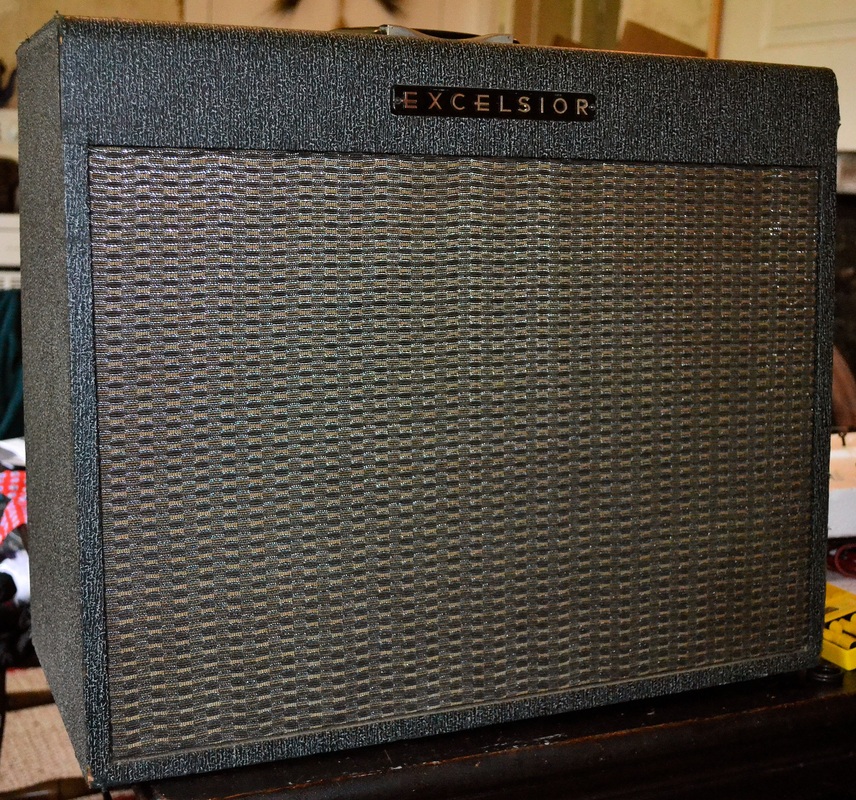
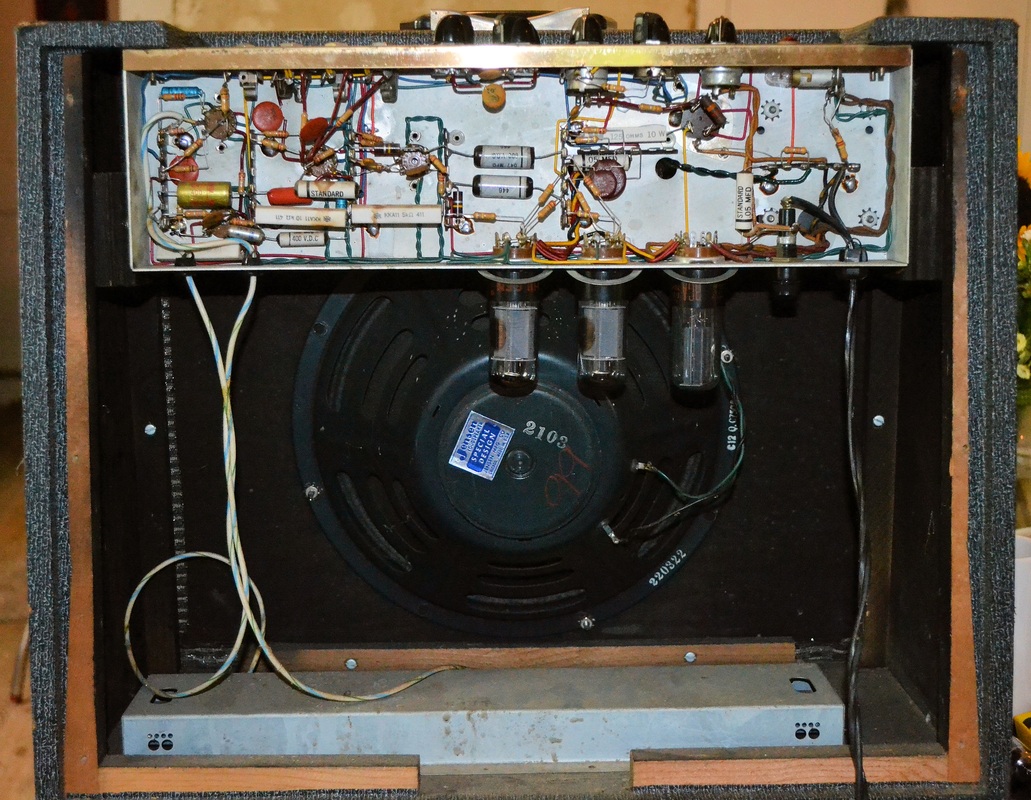
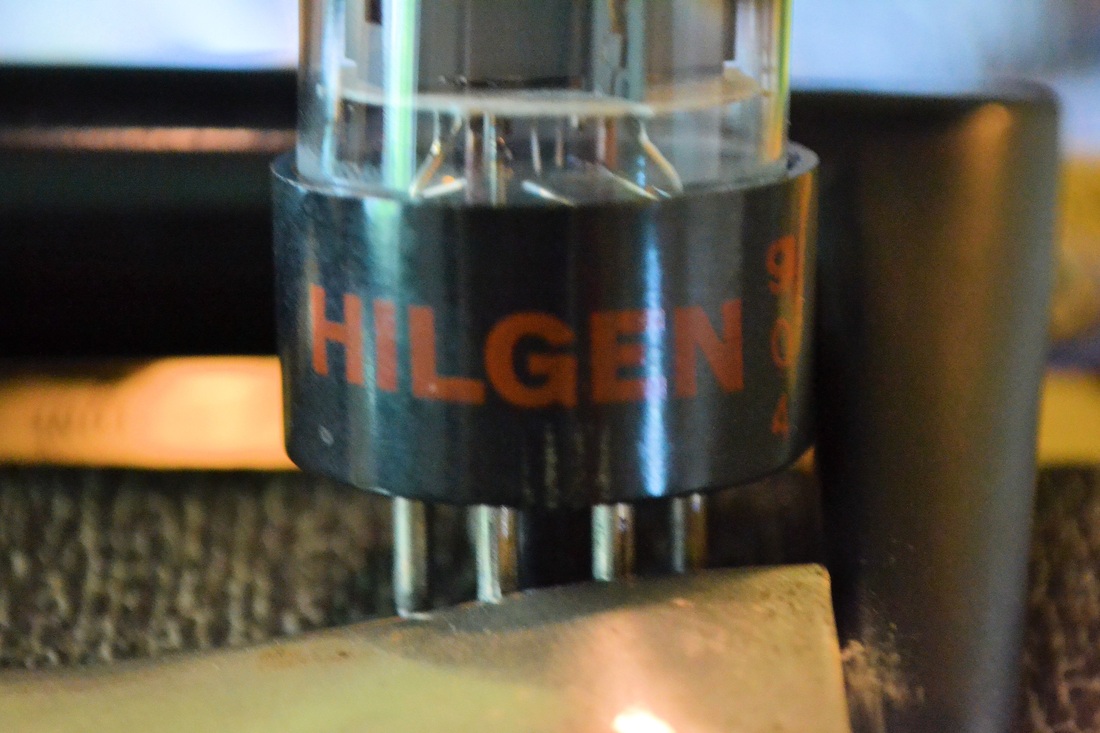
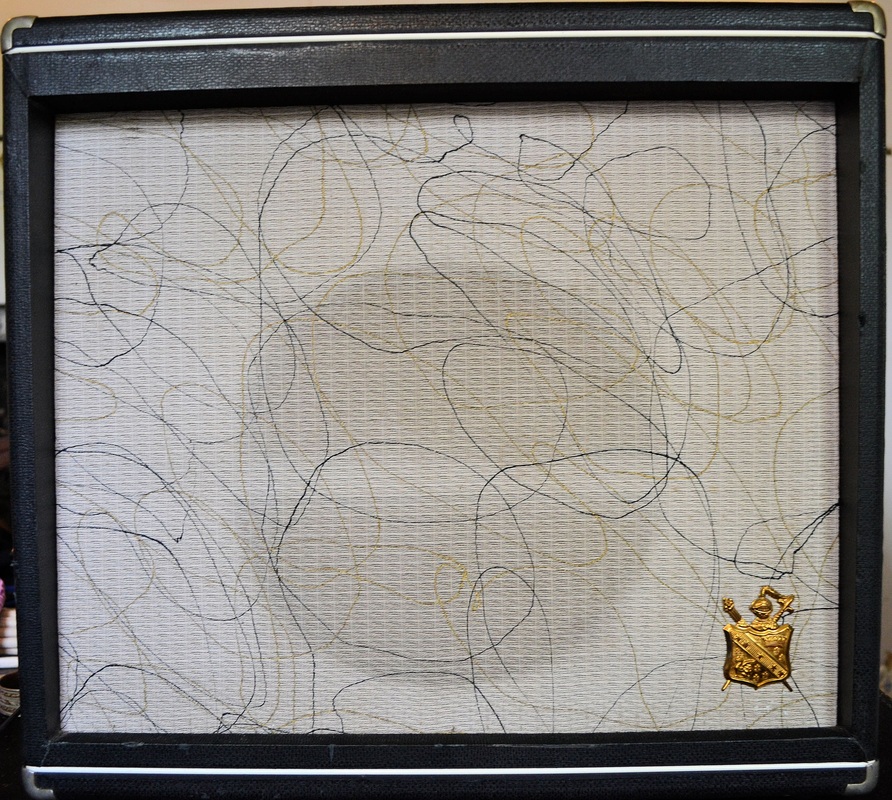
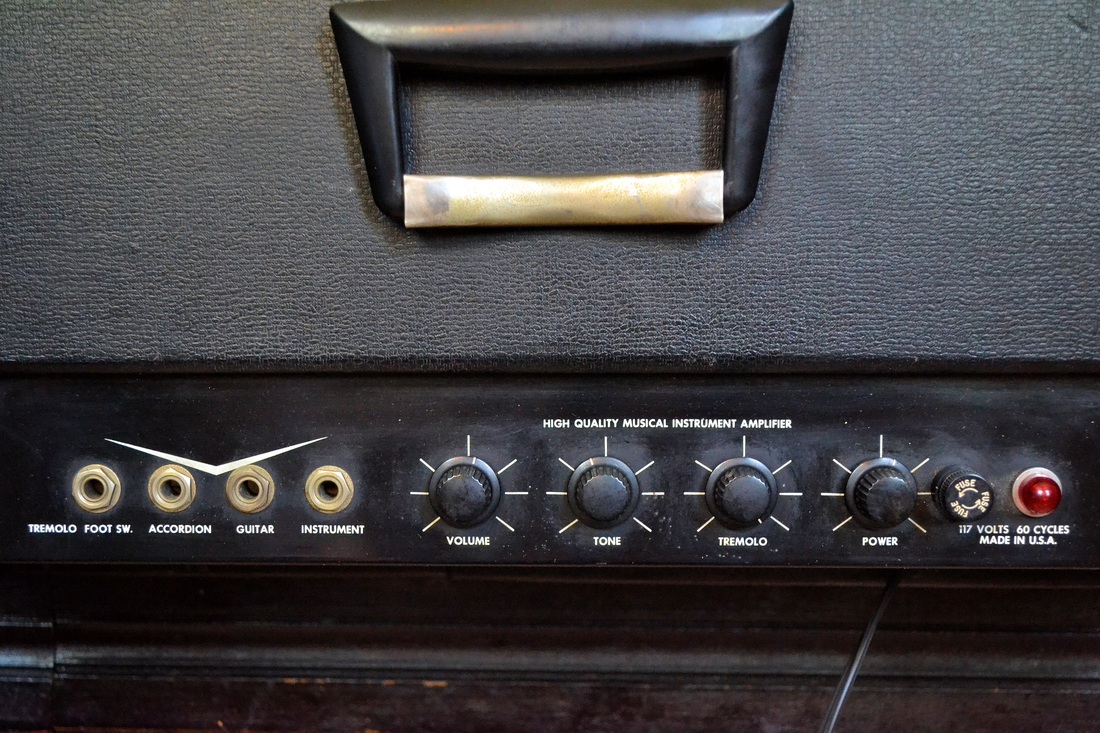
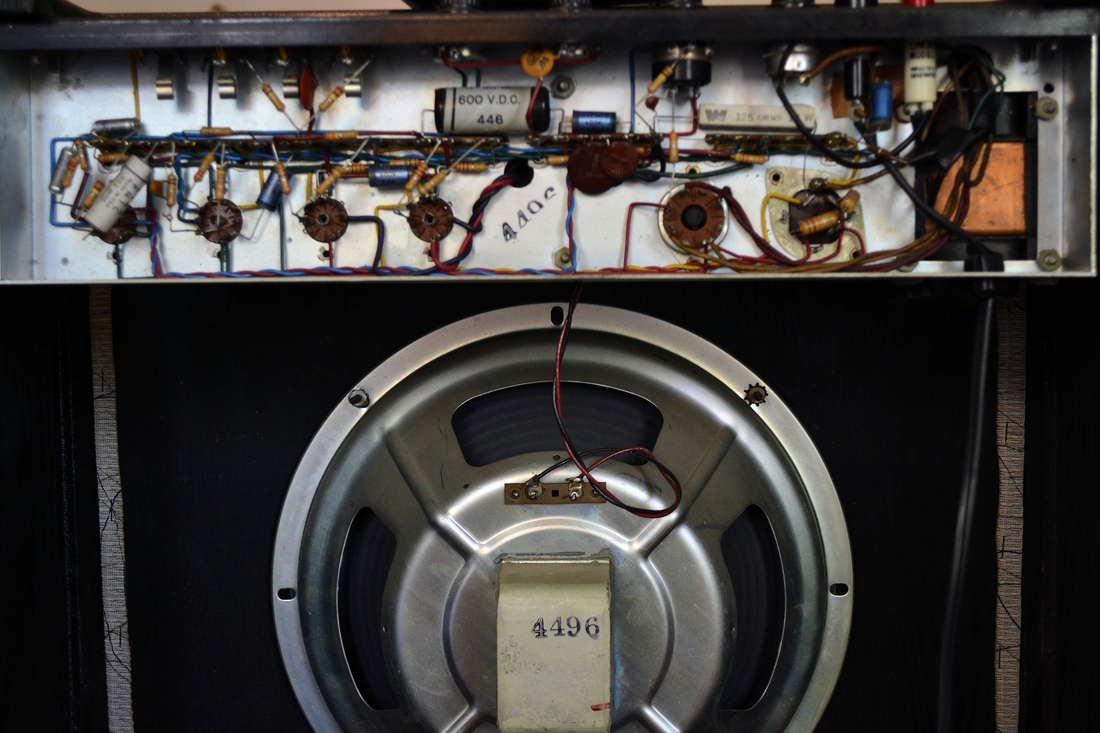
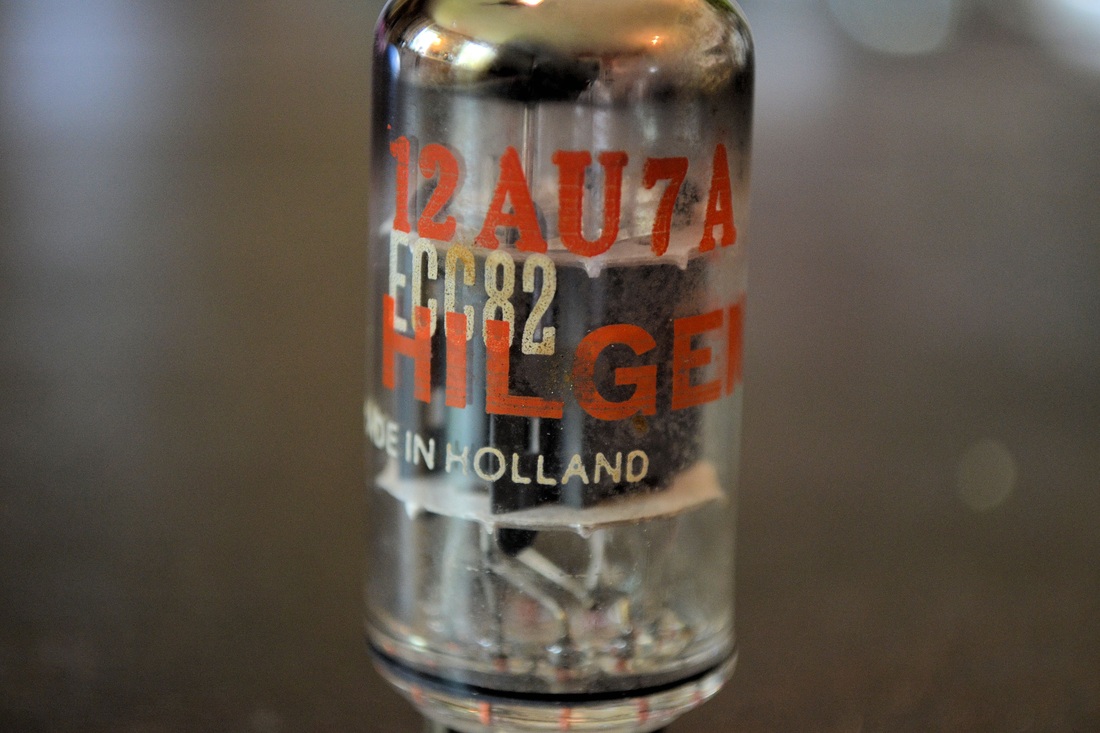
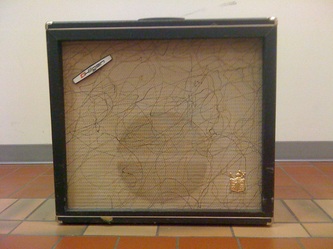
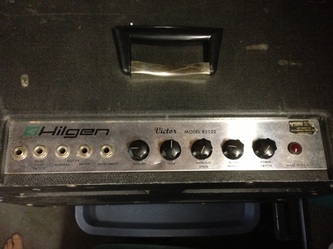
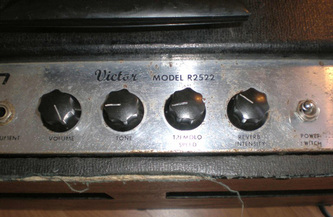
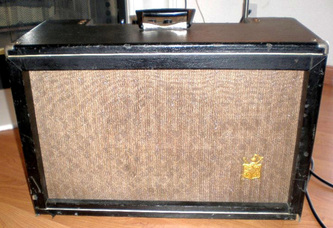

 RSS Feed
RSS Feed